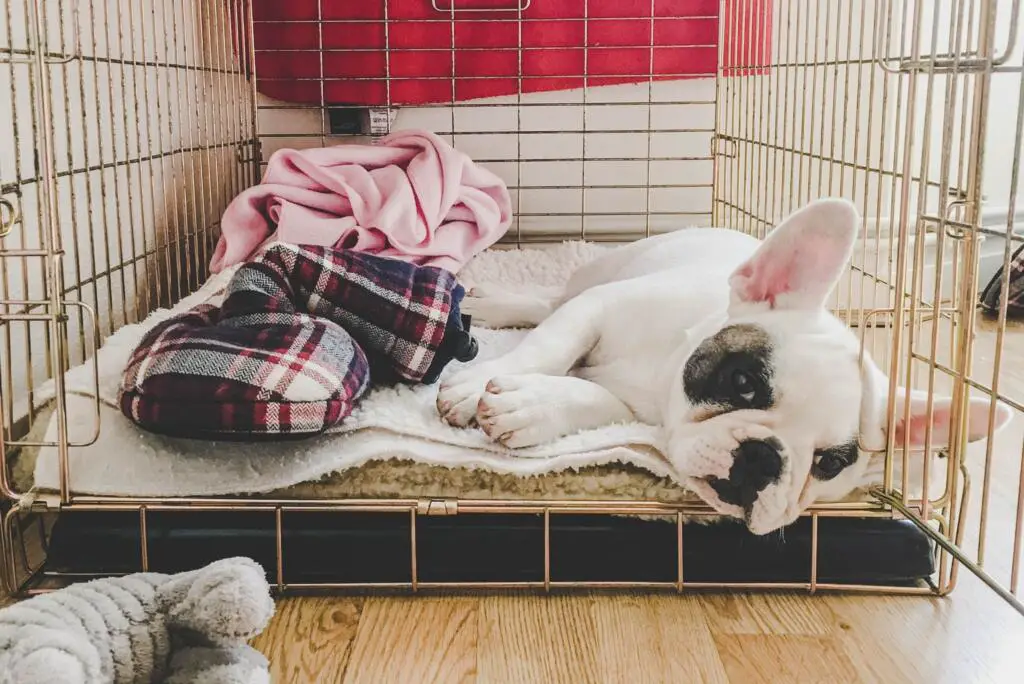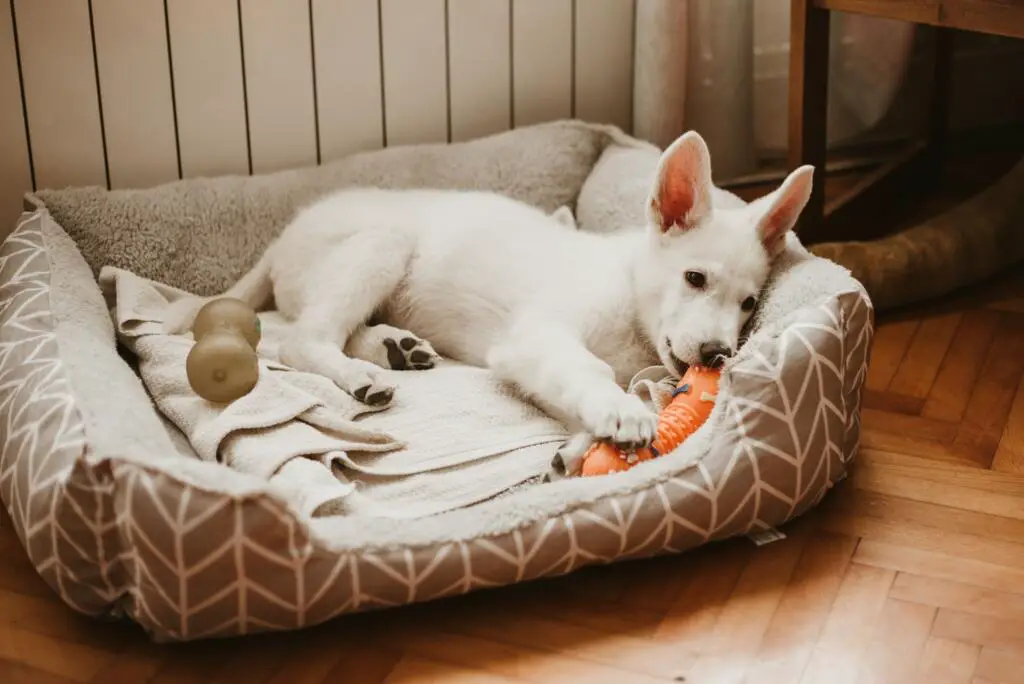One of the most common behavioral problems that dog owners face is separation anxiety in puppies. Dogs suffering from this don’t just dislike it when their owners are away from them. They experience full-blown panic attacks when they’re left alone.
The American Veterinary Medical Association states that about 20% of dogs are affected by separation anxiety. Unfortunately, according to a study published in the Journal of Applied Animal Welfare Science, the typical signs of separation anxiety are amongst the most common reasons why owners give up their dogs.
Article contents
What are the most common signs of separation anxiety in puppies?
Separation anxiety is when dogs show signs of extreme stress from the moment their owners leave the house and until they return. Although some dogs are genetically predisposed to suffering from separation anxiety, it can also be developed later in life. It can develop after a traumatic event such as being abandoned or any drastic changes in the dog’s routine.
Different dogs show different signs of stress so there isn’t one single sign that defines separation anxiety. There are a variety of different signs dogs can show and dogs that show one or two of these signs occasionally may not necessarily suffer from separation anxiety.
However, if a dog shows multiple signs on a regular basis, it may be time to consider taking it to a vet or a dog behaviorist that will be able to give you a proper diagnosis. Some of the most common signs of separation anxiety in puppies are:
- Pacing, whining, or trembling when the owner is away or preparing to leave
- Barking or howling
- Destructive behavior such as chewing or digging (especially around doors or windows)
- Urinating or defecating inside the house
- Drooling or panting
- Making attempts to escape
As a dog owner, you don’t want your dog to suffer from any of these behaviors. You can do this by working towards preventing your dog from developing separation anxiety from a young age.

1. Work on crate training since the very beginning
A crate can be your best ally and can help you deal with several behavioral issues but that’s only if you’ve crate trained your dog. Using a crate isn’t cruel if it’s properly used.
Proper crate training teaches dogs to see their crates as their safe refuge where they go to relax. The goal is to teach your dog to associate its crate with things it loves such as chew toys or food. That way, your dog can happily spend some time inside the crate even while you’re out of the house. You’re only able to use the crate to prevent separation anxiety after you’ve crate trained your dog.
Using a crate to prevent separation anxiety doesn’t mean that you’re going to keep your dog locked inside the crate all day. It’s only while you’re away—which shouldn’t be more than 8 hours straight—and this will keep your dog and your house safe while also helping your dog enjoy its alone time.
2. Desensitization through positive reinforcement
Don’t encourage clingy behavior and teach your puppy how to be comfortable when left alone. Use positive reinforcement to make positive associations with new experiences, including when you’re away. If you’ve never been apart from your puppy, you can’t expect it to be calm when you suddenly leave it alone. To develop independence and prevent separation anxiety in puppies, dog owners can start by teaching them to be on their own in a different room.
Teach your dog the “stay” command and start by asking your dog to stay away from you for short periods of time. After your dog is able to stay away from you for a few minutes, start to leave the room and work your way up until you’re able to leave the house without your dog even noticing you’re gone.
3. Provide your dog with plenty of opportunities to exercise
Although exercise on its own can’t prevent separation anxiety in puppies, it can certainly help. Dogs that get enough age-appropriate physical exercise tend to behave better when they’re indoors and, especially, when left alone. The more energy your dog has, the more important it is for you to properly exercise your dog.
A tired dog who has just had a long walk and some playtime before being left alone will gladly take a nap while the owner is away and won’t have enough energy to destroy the house.

4. Give your dog something to do while you’re away
Mental exercise is just as important as physical exercise and just as exhausting. Besides tiring your dog with a long walk before you leave the house, make sure you give your dog plenty of things to do while you’re away. Only bringing out some special puzzle toys your dog loves right before you leave the house is also a great way to use positive reinforcement to prevent separation anxiety in puppies.
5. Play it cool when leaving and entering the house
The way you act when you leave the house can set the tone for your dog’s behavior. If you hype up your dog when you leave, it’ll likely be hyped up until you come back and that’s when disaster happens. If you want your dog to stay calm when you leave, then work on leaving calmly as well.
The same goes for when you come back home. Getting all hyped up when you greet your dog is telling it that your return is a big deal. Strive to teach your dog that you leaving the house and coming back isn’t anything your dog should worry about to avoid too much excitement at these key moments.
On a final note, if you ever get home to some signs of destruction, don’t punish your dog as it will only make the problem worse.
Making sense of it all
Creating a routine that includes some daily alone time is a great way to prevent separation anxiety in puppies. This helps dogs become confident and independent and have fun while the owner’s away. Separation anxiety in puppies is not always preventable and, once your dog is showing signs of separation anxiety it can be difficult to treat but it’s always possible.
If it gets to a point where you don’t know what to do anymore, ask for help. Talk to a dog behaviorist, trainer, or a vet. There are a lot of professionals that can help you and your dog through this. Fortunately, separation anxiety has a high rate of treatment success.
